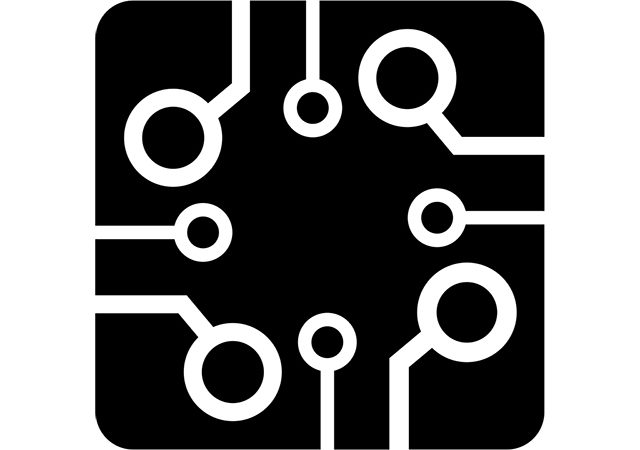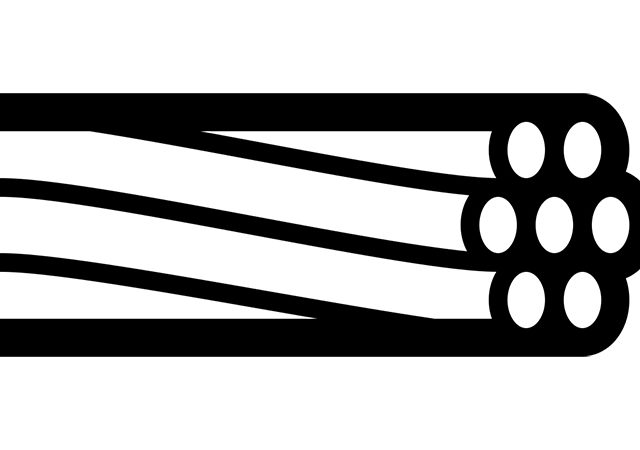- What types of electric current conductors exist?
- What is the physical meaning of Fermi level?
- What is the temperature resistance coefficient?
- What are the conditions when thermo-EMF occurs in an electric circuit? Name the mechanisms when thermo-EMF appear in an electric circuit.
- What is the classification of electric current conductors.
- What feature of copper makes it the most popular conductor for an electric circuit?
- What is the disadvantage of aluminium when compared to copper?
- Name the metals that can shift to the supercondivity state.
- What is an intrinsic semiconductor?
- Can an impure semiconductor perform intrinsic conductivity?
- What are the attributes of donors and aceptors in a semionductor?
- Specify the ratio between holes and electrons in semiconductors in the equilibrium state.
- What are the mechanisms limiting charge carrier dissipation in the covalent semiconductors?
- What is the photoresistive effect?
- Name the types of electroluminescence in a semiconductor.
- Name the most frequently used elements with semiconductor featurues.
- How does forbidden bandwidth change for Si and Ge with temperature?
- What impurity elements can create donor and aceptor levels in Si and Ge?
- What chemical bond characterises semiconductors ?
- What is dielecric polarisation? Name types of polarisations in dielectrics.
- What are linear and non-linear dielectrics?
- What are polar and non-polar dielectrics?
- What are dielectric losses? Name the reasons of dielectric losses.
- What is the difference for a breakdown in homogenous and non-homogenous electric field?




